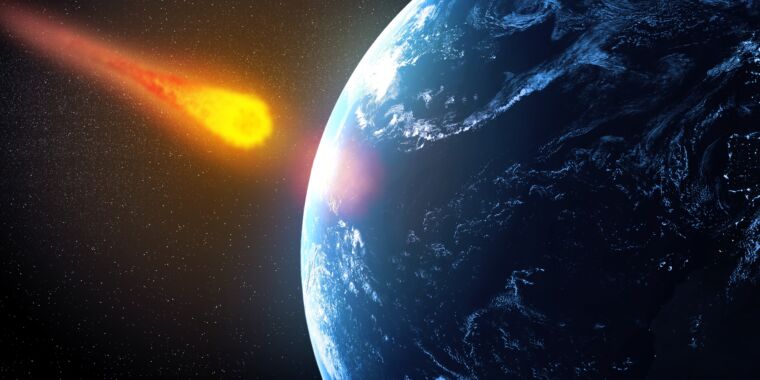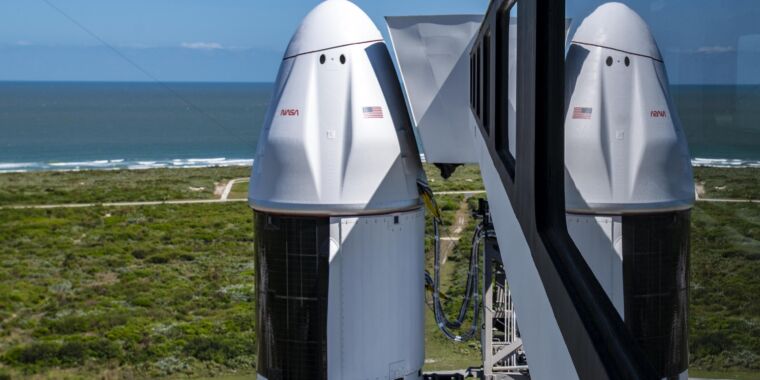The Imperative of Planetary Defense
Since 2005, the United States Congress set forth a crucial directive: by the year 2020, the nation should have the ability to detect, track, catalog, and characterize at least 90 percent of all near-Earth objects larger than 140 meters in size. Unfortunately, as of the present day, four years after that deadline, we have only managed to identify less than half and merely classify a small fraction of these potential threats. Even if we were to complete a comprehensive census of all hazardous celestial objects, our current technological capabilities fall short in responding promptly to an Earth-bound asteroid, despite the recent success of NASA’s Double-Asteroid Redirection Test (DART) mission.
Undoubtedly, the day will come when a celestial body poses a significant threat to our planet – an inevitability of existence within our solar system. The good news is that it is not too late to take action. However, addressing this issue will require concerted effort.
Potential Threats Lurking in Space
The International Astronomical Union’s Minor Planet Center diligently maintains a record of minor planets within our solar system, with around 34,152 asteroids that have orbits bringing them within 0.05 AU (one astronomical unit) of Earth. These near-Earth asteroids, also known as NEAs or NEOs (near-Earth objects), do not necessarily pose an imminent risk of impact, but they represent the most probable threats within our cosmic vicinity.
Sufficient evidence exists throughout the solar system, with planetary bodies adorned with craters from prior catastrophic collisions. Earth, unlike many of its neighbors, endures erosion and tectonic activity that obscures the scars of past impacts, preventing similar visible damage. It is through these extraterrestrial craters that scientists have garnered insights into the frequency and scale of impacts on Earth.
While smaller incidents occur routinely – such as meteor showers generated by grains of sand or pebbles entering the atmosphere – more substantial threats present less frequently. These include asteroids with a diameter of around 10 meters, which, upon impact, release energy comparable to early atomic bombs. Fortunately, due to Earth’s predominantly aquatic surface, these smaller impactors often disintegrate harmlessly in the atmosphere, mitigating immediate concerns.
Conversely, larger asteroids, although rare, such as those a few kilometers in size, pose significant risks. These cosmic behemoths pose potential existential threats to humanity if they collide with Earth. The infrequency of such catastrophic events, combined with their devastating potential, underscores the challenge of predicting and averting these dangers. Humanity’s survival depends, in part, on strategies to mitigate these cosmic perils.
Looking to the Future
Asteroids measuring hundreds of meters across, a size category falling between routine meteoroids and planet-destroying behemoths, present a unique challenge. Impact events from these celestial bodies, releasing energy equivalent to multiple atomic bombs, occur approximately every 10,000 years.
Considering that recorded human history spans millennia and civilizations have endured for thousands of years, confronting such a threat looms on the horizon. While not capable of erasing all life on Earth, these formidable asteroids hold the potential for unprecedented disasters that surpass any past calamities witnessed by humanity.
Image/Photo credit: source url





